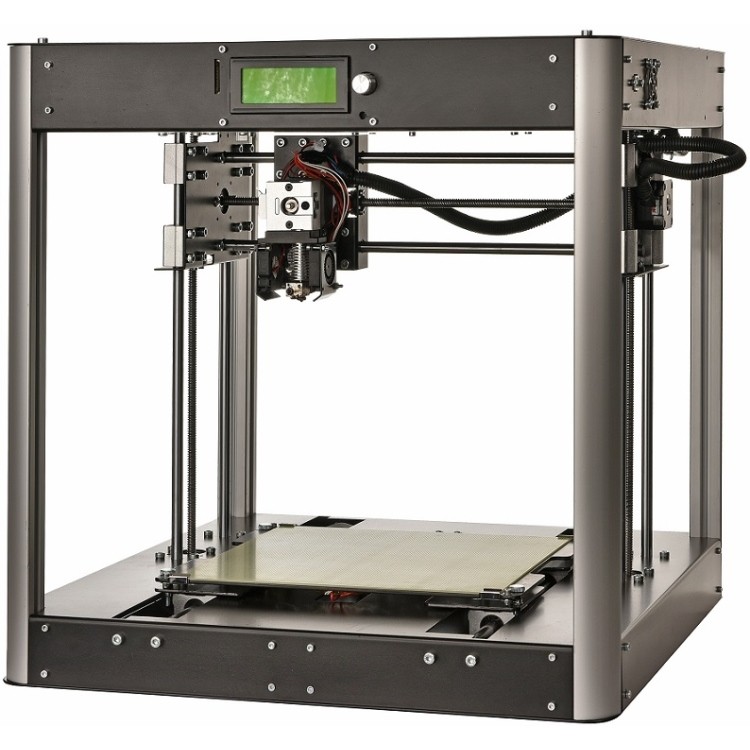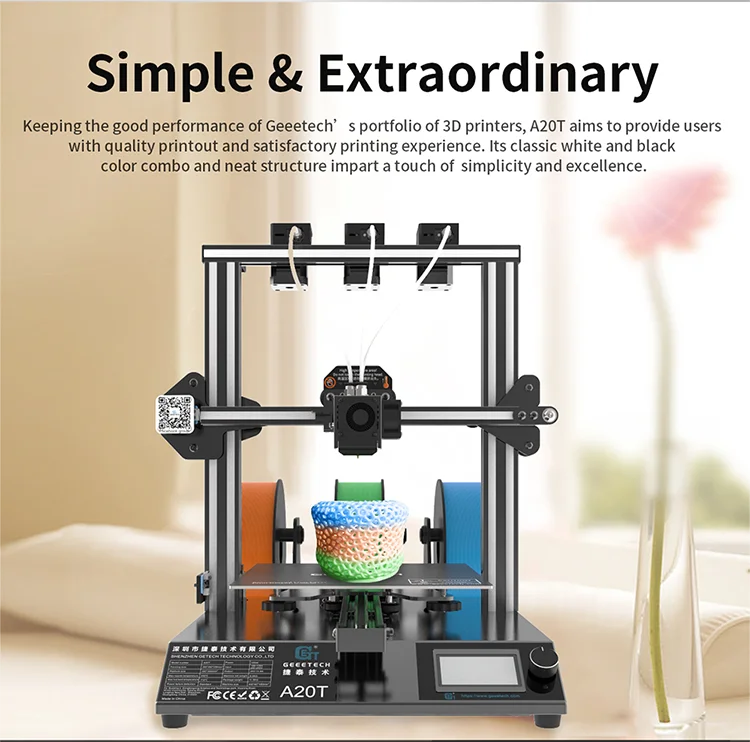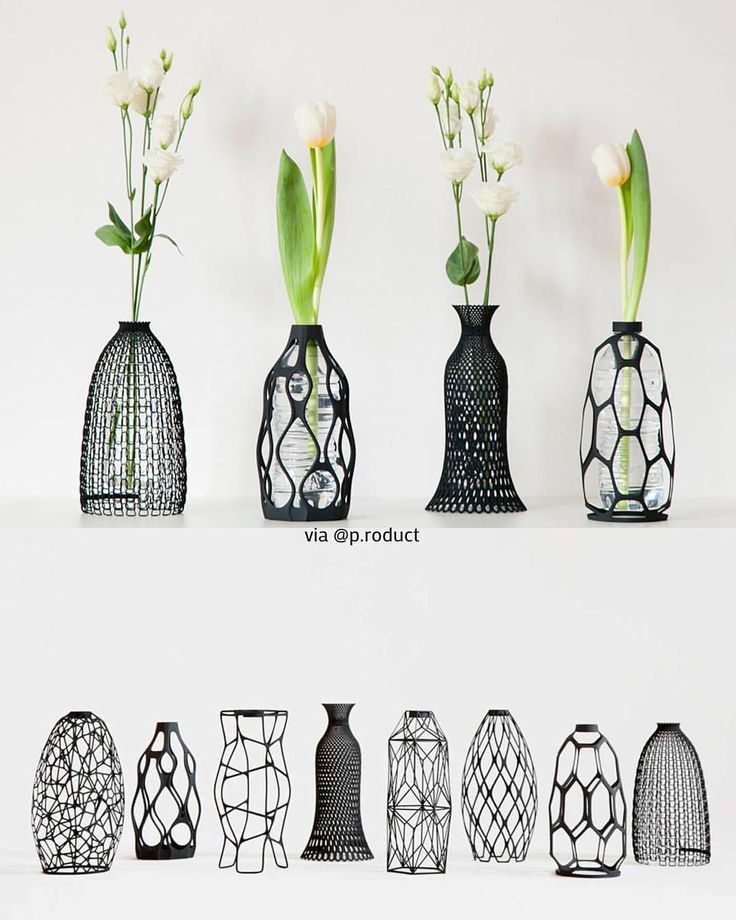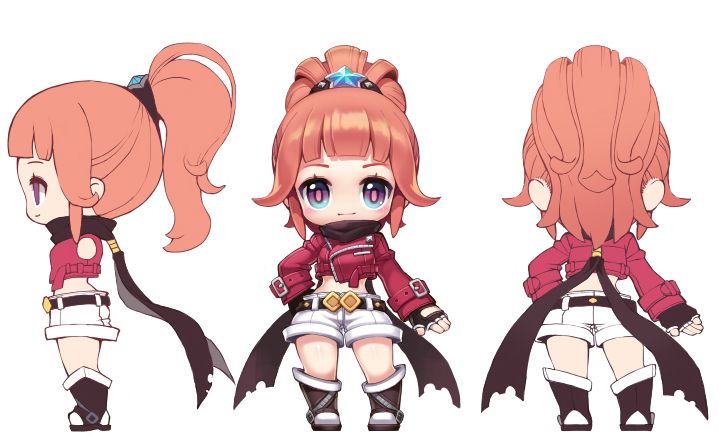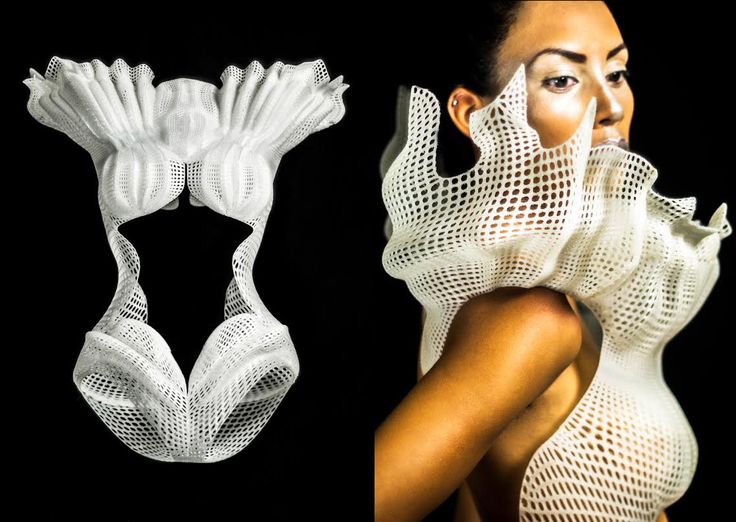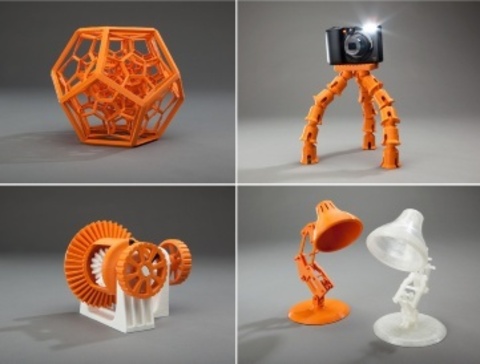Next generation 3d printer
Carbon Introduces Next Generation of 3D Printers Further Increasing Speed, Reliability and Accuracy
The new groundbreaking 3D printers provide up to 2.5x throughput improvements for dental models compared to previous generations saving both time and money
REDWOOD CITY, CA, January 26, 2022 — Carbon, a leading 3D printing technology company, announced today that it is further evolving its idea-to-production platform with all-new M-Series printers leveraging the next generation of DLS printing technology. The new M-Series provides up to 2.5x throughput improvements for dental models compared to previous generations, driving further value for dental labs and beyond.
The next generation of Carbon printers will come in two models, the M3 and the M3 Max, providing an advanced end-to-end idea-to-production platform when combined with the Carbon Design Engine™ and Carbon DLS materials. The M3 is designed for faster printing, a simpler print experience, and improved cross-build consistency. The M3 Max offers these same benefits as well as a true 4K light engine, enabling double the build area with the same pixel size and density. Both printers offer the same wide range of high-performance materials tailored for applications across dental and lab needs.
“Carbon printers have been a workhorse in our manufacturing center and create high-quality dental models print after print,” said Jeff Lowthorp, Argen Vice President, Business Development. “Having experienced first-hand what previous generations of printers are capable of, we look forward to this step in technology that will save us time and money as we continue to produce high quality products in a shorter period of time.”
“Dental labs ranked Carbon’s printers as the most preferred and most reliable 3D printers used in dental labs today according to a 2021 NADL survey, and this next generation of printers — combined with a wide range of fully validated materials — allows labs to create high-quality dental products quicker and more efficiently than ever before,” said Phil DeSimone, Chief Product and Business Development Officer at Carbon. “This will provide further time and money savings for our customers as they provide the consistently high-quality products that Carbon has become known for. This will further separate the forward-thinking labs using additive manufacturing on a daily basis.”
“This will provide further time and money savings for our customers as they provide the consistently high-quality products that Carbon has become known for. This will further separate the forward-thinking labs using additive manufacturing on a daily basis.”
A recent survey of US dental labs showed that Carbon 3D printers once again outperformed the competition in the areas that matter most, including being the most preferred printer, most reliable, the brand with the highest average daily print hours, and the highest Net Promoter Score (NPS) for large labs. Additionally, the survey found that three out of five dental labs now use 3D printers, with an additional 35 percent planning to offer 3D printed parts in the future. With the top reasons for wanting to offer 3D printed parts being higher production capacity, faster production times and more consistency, the M3 printers are purpose-built and designed to include the key features important to dental labs, including:
- Faster printing: Thanks to better heat management, the next generation of DLS printers delivers more throughput per square foot in thermally limited scenarios, like dental models, with throughput improvements for models up to 2.
 5x what previous generations were capable of.
5x what previous generations were capable of. - Simplified printer experiences: The next generation of DLS printing creates substantially lower forces on the part and introduces closed-loop control of force and temperature, reducing failure modes and simplifying the print experience.
- More consistent parts: The next-gen of DLS printing reduces the variation in parts across a single-build by up to 50% — translating to less variation in general accuracy and more production repeatability in engineering resins.
- Fast and easy installation: The M3 is designed to be installed in hours, with the ability to relocate the printer within customer facilities as they see fit.
- Larger Build Area: The M3 Max printer offers double the build area with the same pixel size and density as the M3 printer, making it ideal for dental labs producing many smaller parts with similar quality.
The M3 printer is now available for order and shipping and the M3 Max printer is available for order and is expected to ship in the second half of 2022.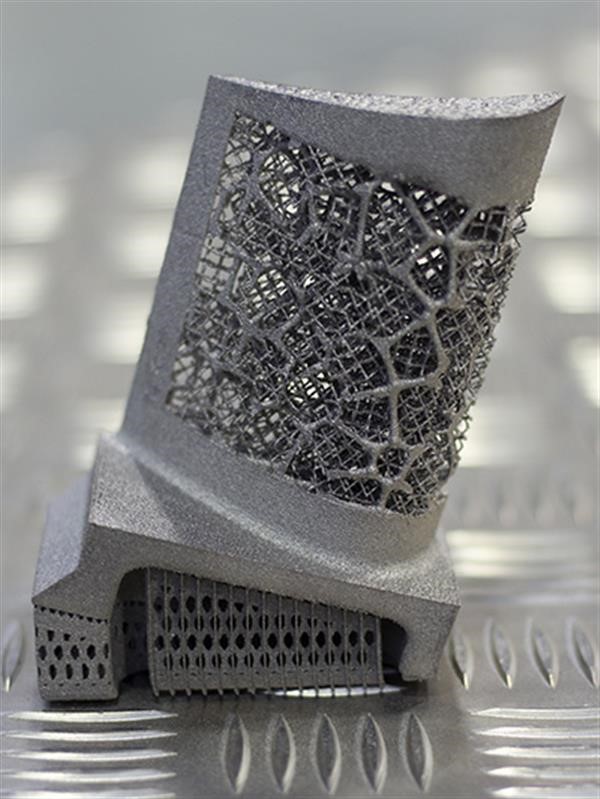 For more information about pricing and availability, go to https://www.carbon3d.com/products/m3-3d-printer.
For more information about pricing and availability, go to https://www.carbon3d.com/products/m3-3d-printer.
About Carbon
Carbon is a 3D printing technology company helping businesses to develop better products and bring them to market in less time. The Carbon DLS™ process combines versatile printers, advanced software, and best-in-class materials to deliver functional parts with end-use performance and aesthetics, helping engineers and designers to create products that outperform expectations. From prototyping and low-volume production to production-at-scale, global organizations use the Carbon process to create a wide range of functional end-use parts and print them reliably wherever and whenever they need them through Carbon’s production network partners. Carbon is a venture-backed company headquartered in Redwood City, CA. To learn more, follow Carbon on Twitter, LinkedIn and Facebook.
Next-generation 3D printing method proof of concept published
0Shares
Researchers from the University of Texas at Austin have published a paper exploring the use of Near-Infrared (NIR) light within light-based 3D printing technologies in favor of violet and ultraviolet (UV) light.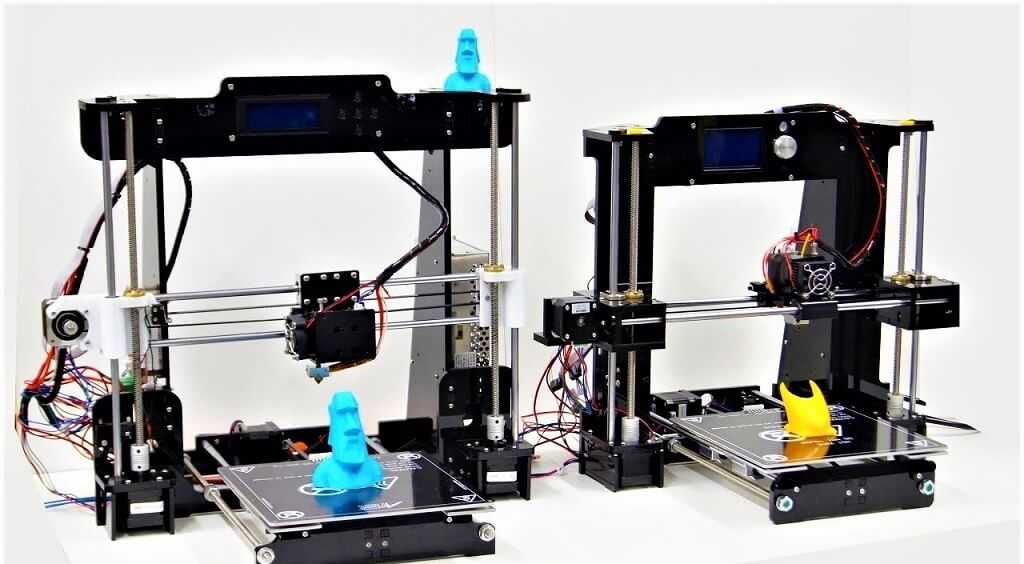
The proof-of-concept study sought to cure nanoparticle-infused resins with NIR light in order to enable the 3D printing of structures, like biomaterials and composites, that are typically challenging to produce using current light-based 3D printers.
According to the researchers, the study successfully demonstrated improved feature fidelity for structures produced with NIR compared to UV light, and provides insight to inform the development of “next-generation” light-based photocuring technologies.
Miscellaneous 3D prints, digital file top, experimental print bottom, using custom resins. Image via University of Texas at Austin.Advances in DLP 3D printing
In particular, the researchers focused on DLP 3D printing during the study, an area that is seeing increasing attention and development.
In April last year, high-precision optical device developer In-Vision launched its first 4K UV light projector for use within resin-based DLP 3D printers, shortly before Essentium made its DLP 3D printing debut with the acquisition of Collider.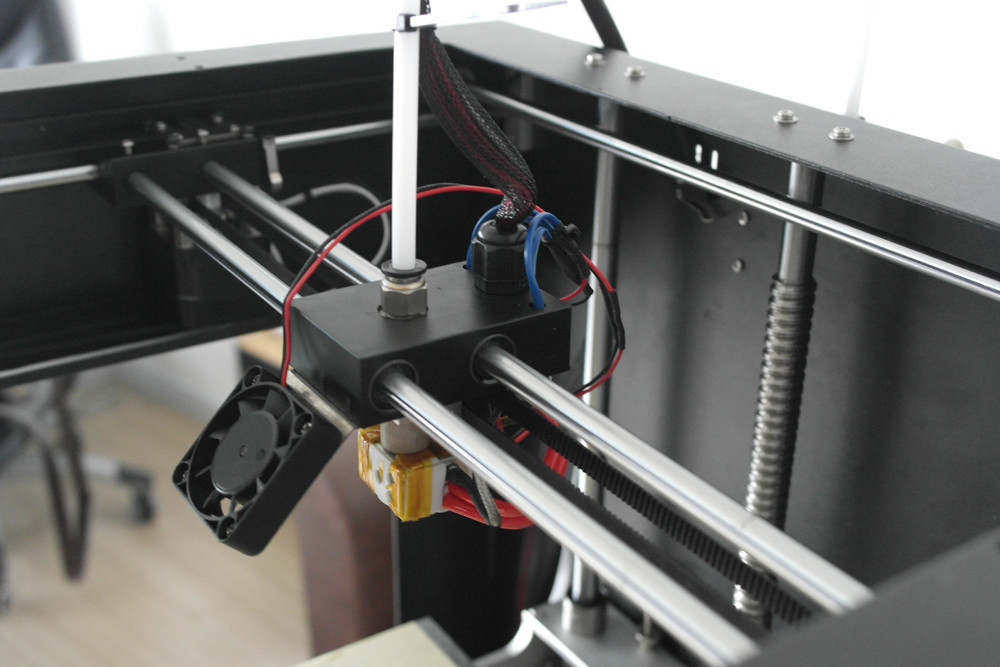 Collider’s patent-pending technology combines DLP with injection molding to produce low-volume, high-strength parts for the automotive, aerospace, and medical sectors.
Collider’s patent-pending technology combines DLP with injection molding to produce low-volume, high-strength parts for the automotive, aerospace, and medical sectors.
Elsewhere, DLP systems and materials producer EnvisionTEC was acquired by binder jet 3D printer manufacturer Desktop Metal in a $300 million deal in early 2021, representing the latter’s entry into the DLP market. More recently, EnvisionTEC announced a partnership with polymer 3D printing specialist Covestro to provide new material and printer combinations for DLP tooling applications.
Meanwhile, at Formnext 2021, trade show newcomer AXTRA3D caused waves with its new Hybrid PhotoSynthesis (HPS) technology that harnesses the benefits of DLP, SLA and LCD 3D printing in a single machine. The HPS platform enables DLP and SLA to work at the same time, on the same wavelength, with the same energy to remove trade-offs between print speed and resolution, or print area and surface quality, for light-based 3D printing.
Leveraging NIR within DLP 3D printing
High-intensity, short-wavelength UV light is the present-day standard used in most light-based 3D printing technologies like DLP and LCD. However, pervasive absorption, scattering, and degradation can occur to 3D printed samples when exposed to UV, meaning the current breadth of materials compatible with such processes is somewhat limited.
While some techniques have recently extended DLP printability to orange or red light, these are plagued by another issue; as the wavelength of light increases, so do the inherent challenges to match the speed and resolution of photocuring via traditional UV-based methods.
To address these concerns, and to expand the materials scope of such light-based systems, the researchers sought to demonstrate a photosystem that enables low-intensity, long-wavelength NIR light-based 3D printing. The researchers used NIR light within the wavelength range of 400-780 nm to produce nanoparticle-infused 3D printing resins with significantly reduced scattering and absorption effects.
The researchers used NIR light within the wavelength range of 400-780 nm to produce nanoparticle-infused 3D printing resins with significantly reduced scattering and absorption effects.
Through combining an NIR-absorbing cyanine dye with electron-rich and electron-deficient redox pairs, the researchers achieved catalytic rapid photocuring. The team rigorously optimized the resin composition and printing parameters to balance the speed of the process at less than 60 seconds per layer, with a feature resolution of less than 300μm.
The team also included carbon black as an opaquing agent in order to achieve small features, such as 100 μm lateral features and 25μm vertical features at exposure times of less than 60 seconds per layer.
Photographs of square hole prints fabricated with 850 nm NIR light with different composition and loading of nanoparticles. All prints were from the optimized Type II NIR resin containing carbon black. Image via University of Texas at Austin.The researchers then characterized the rate of polymerization and time to solidification upon exposure to NIR light via in-situ spectroscopic and rheological monitoring.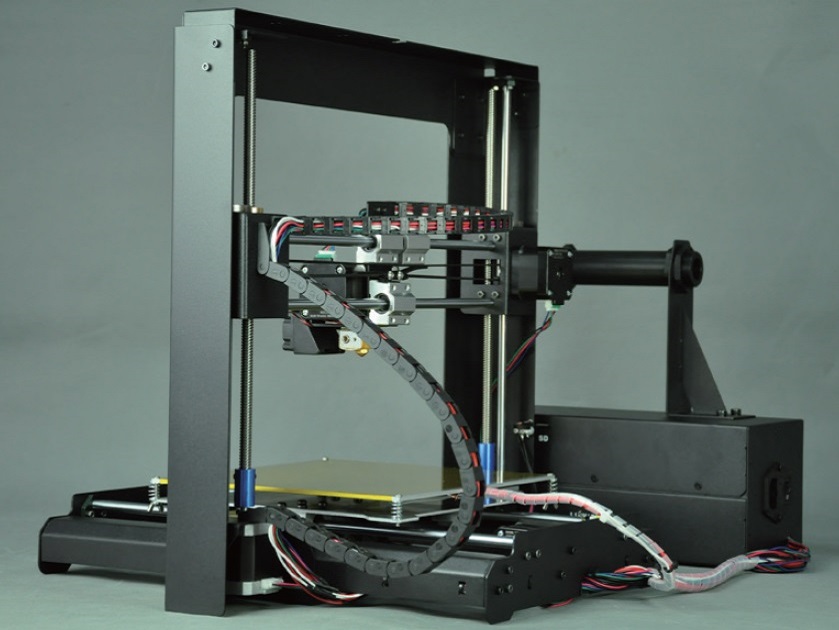 The end result saw the team successfully achieve composite NIR-based DLP 3D printing with nanoparticle-infused resins to deliver structures with improved feature fidelity over those produced with UV.
The end result saw the team successfully achieve composite NIR-based DLP 3D printing with nanoparticle-infused resins to deliver structures with improved feature fidelity over those produced with UV.
Although a proof-of-concept, for now, the researchers believe their study provides key insight to inform next-generation light-based photocuring technologies, and potentially enable wavelength-selective multi-material 3D printing of biomaterials and composites.
Going forwards, the researchers identified that future research must focus on identifying NIR light-activated resin compositions with extended shelf-life stability, and on improving the photocatalyst design to achieve NIR-based curing at 10 seconds per 100 μm layer.
Further information on the study can be found in the paper titled: “‘Invisible’ digital light processing with 3D printing with near infrared light,” published in the Applied Materials and Interfaces journal. The study was co-authored by L. Stevens, C. Tagnon, and Z. Page.
Stevens, C. Tagnon, and Z. Page.
Subscribe to the 3D Printing Industry newsletter for the latest news in additive manufacturing. You can also stay connected by following us on Twitter and liking us on Facebook.
Looking for a career in additive manufacturing? Visit 3D Printing Jobs for a selection of roles in the industry.
Subscribe to our YouTube channel for the latest 3D printing video shorts, reviews and webinar replays.
Featured image shows miscellaneous 3D prints, digital file top, experimental print bottom, using custom resins. Image via University of Texas at Austin.
Tags AXTRA3D C. Tagnon collider Covestro Desktop Metal EnvisionTEC Essentium Hybrid PhotoSynthesis in-vision L. Stevens University of Texas at Austin Z. Page
Stevens University of Texas at Austin Z. Page
Hayley Everett
Hayley is a Technology Journalist for 3DPI and has a background in B2B publications spanning manufacturing, tools and cycling. Writing news and features, she holds a keen interest in emerging technologies which are impacting the world we live in.
FlashForge Creator 3 Pro and Creator 4 3D printers!
Promotions
Follow author
Subscribe
Don't want
1
FlashForge is one of the world's leading manufacturers of 3D printing hardware.
Our company "Tsvetnoy Mir" is the official supplier of FlashForge in Russia.
In February, we are in a hurry to please with the supply of new products in the world of 3D printers Flashforge Creator 3 Pro and Creator 4 are already waiting for you in our online store!
FlashForge Creator 3 Pro is a professional and high performance 3D printer with next generation independent extruders, optimized extruder airflow, removable heating element and upgraded auto-calibration sensors.
Model Features:
- Two independent extruders, which greatly reduces printing time
- 2 fans each to blow the extruder
Model features:
MORE DETAILS about the 3D printer: https://cvetmir3d.ru/3d-printery/domashnie/flashforge/3d_printer_flashforge_creator_4/
discount on the purchase of plastic for 3D printing and photopolymer resin. As well as free delivery of the purchased 3D printer to any region of Russia (except for assembly kits)!
Our contacts: T: 8 (800) 550-02-09 | | www.cvetmir3d.ru
We are on Vkontakte: https://vk.com/cvetmir3d
We are on Facebook: https://www.facebook.com/groups/cvetmir3d/
We are on Instagram: https://www.instagram.com/cvetmir3d/
Our channel "3D printing life hacks": https://www.youtube.com/channel/UCUv3Lk-oDMh38rKX68kUBYg
Our Telegram channel: https://t.me/cvetmir3d
Social networks FlashForge (Russia):
Vkontakte group: https://vk.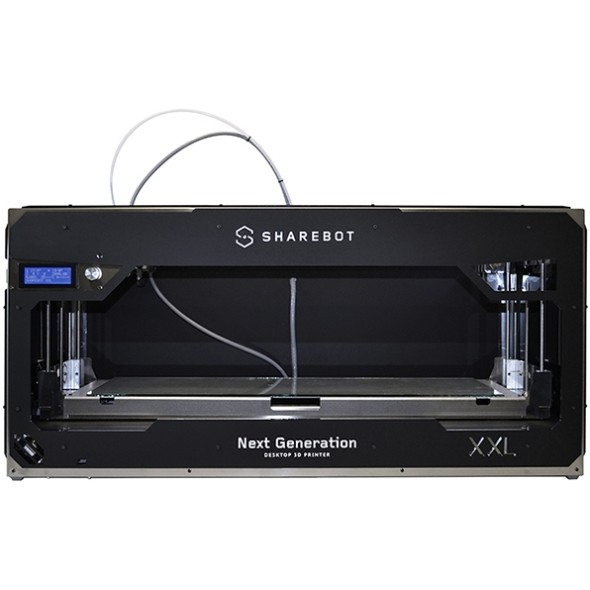 com/public210392673
com/public210392673
Facebook group: https://www.facebook.com/FlashForge.Russia
Instagram: https://www.instagram.com/flashforge_russia/
Article comments
More interesting articles
7
Subscribe to the author
Subscribe
Don't want
Hello dear 3D printers! Jokes aside, now to the fun! :)
I...
Read more
one
Subscribe to the author
Subscribe
Don't want
Until November 21, 2022, in the iGo3D Russia online store you can purchase equipment, accessories...
Read more
Wanhao
Loading08/15/2016
25340
207
Follow author
Subscribe
Don't want
Friends, we are pleased to announce that from August 15 and exactly 10 days we have a PROMOTION - Wanhao 3D plastic. ..
..
Read more
how we taught 3D printers to print complex parts more economically and twice as fast - Tribuna on vc.ru
A startup from Naberezhnye Chelny has created a new generation of 3D printers: it allows companies to increase the efficiency of using additive technologies in manufacturing, R&D and industrial design.
6935 views
What is the idea
The most popular FDM 3D printers print parts layer by layer. At the same time, in 70% of cases, “hinged” elements appear during printing - fragments that do not have support under them and hang over the desktop like visors. To fix such details, it is necessary to print special supporting structures (they can take up to 50% of the material).
In addition, after printing, these supports must be removed: such processing is often time consuming and not always safe - the part may break in the hands due to insufficient strength, and then everything will have to be redone.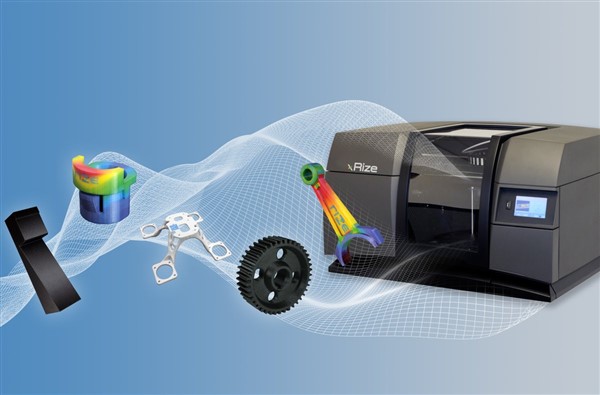 And some designs are simply impossible to produce using this method: the supports will fill almost the entire space of the part.
And some designs are simply impossible to produce using this method: the supports will fill almost the entire space of the part.
I saw a solution that avoids this problem in the metalworking industry - five-axis milling machines have been used there for a long time. The idea is to equip the 3D printer with a turntable: with its help, the body of the model is always positioned during printing so that each subsequent layer is built based on the already printed elements of the model.
Five Axis 3D Printer
Why do we need a five-axis 3D printer and who are our customers
The 5-axis 3D printer allows you to print complex parts quickly without wasting material on supporting structures and saving time in post-processing. In essence, we allow you to reduce costs and increase productivity: according to our estimates, one machine can replace two previous generation 3D printers.
The 5-axis printer allows you to print parts with complex geometries, such as live piping layouts that companies need during the design phase. Printing this on a conventional 3D printer will not work, and creating it using conventional methods will take a lot of time and effort. In addition, products printed on a five-axis printer are much stronger than conventional ones. When printing, new layers of matter are not just layered on top of each other, but are printed "overlapped" at different angles - it is much more difficult to break such details.
Printing this on a conventional 3D printer will not work, and creating it using conventional methods will take a lot of time and effort. In addition, products printed on a five-axis printer are much stronger than conventional ones. When printing, new layers of matter are not just layered on top of each other, but are printed "overlapped" at different angles - it is much more difficult to break such details.
Of course, not everyone needs to print complex and durable products: potential buyers of the Epit 5.1 5-axis 3D printer are 3D printing service companies, industrial design studios and design departments of manufacturing enterprises. That is, our machine is needed specifically for industrial use.
How we got into this topic
Seven years ago, I worked in a company that produced plastic automotive components, responsible for marketing and creating new business lines.
Back then, for one of the projects, it was necessary to make a prototype of a new part: it was expensive and time consuming to do it with traditional methods (I would have to create a mold), so I decided to contact a company that was engaged in 3D printing. At that time, this direction was on the hype, and everyone talked about the fact that soon 3D printers would be in every kitchen and garage.
At that time, this direction was on the hype, and everyone talked about the fact that soon 3D printers would be in every kitchen and garage.
But the reality turned out to be completely discouraging. With our task, we turned to several companies that were engaged in 3D printing in Naberezhnye Chelny, but no one was able to make the part according to our request: it turned out to be too complicated.
Since I am a designer by education, I began to think and look for solutions to the problem myself - and did not find anything similar on the market.
Creating a team proved to be more difficult than finding funding. Initially, I focused on the "iron" component of the project and did not think about the software that is necessary for the efficient operation of a 3D printer, so I began to look for developers.
An expert I knew then told me: “You need people who, like you, do not understand what they are getting into” - because developing software for such a printer turned out to be a rather specific and long task.
I began to apply to the universities of Tatarstan and neighboring regions - to look for students who are ready to take on a non-trivial task. But the students who responded could not move forward in the solution, and as a result, I found Mikhail Ivanov in Innopolis, who became a developer and my partner in a startup.
The second person who was needed in our business was someone who understands electronics, a specialist in the field of digital program management. Unlike a programmer, such a specialist cannot work remotely, so I was looking for a person in Naberezhnye Chelny.
Having spent a lot of effort and nerves, I found only two people who had the necessary level of knowledge and were able to realize my ideas, and fortunately one of them, Pavel Kozhevnikov, took up the project.
Getting funding, finding a team, and working on a printer went gradually - and in April of this year we created an MVP.
What we are doing now
In the spring of 2020, we entered the Pulsar Venture Capital accelerator and are now working on a project together with the company's experts. Acceleration made me run faster, spend even more time on the project, and constantly refine something.
Acceleration made me run faster, spend even more time on the project, and constantly refine something.
On the other hand, due to quarantine, we work remotely, and for me it turned out to be even more convenient - I stayed in the familiar atmosphere with the opportunity to work on the product.
Now we have a finished product, the first pre-orders for it, and an understanding of how we will bring it to the market, how to position it. In addition, during the acceleration we have expanded the horizons of thinking and now we are looking not only at Russia, but also at the global market - this has ceased to seem like an impossible task.
We assessed the economics of the business and set the price for the printer at around $7,000, which is an adequate price for a printer with such a wide range of capabilities, because it allows you to get prototypes of products quickly and with high quality.
I see how 3D printer owners are increasingly thinking about equipment efficiency and the ability to do more.


